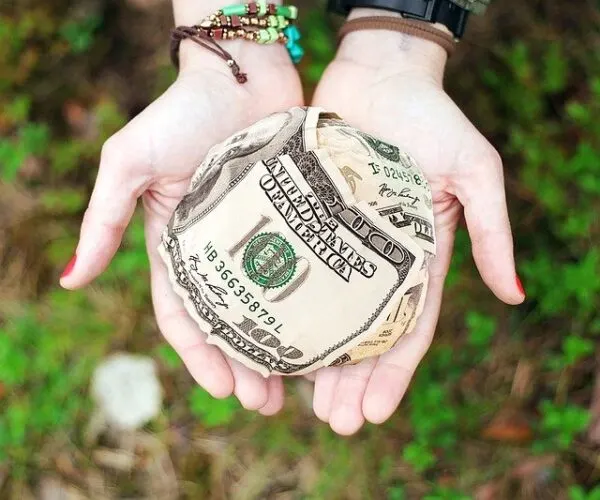
While good personal finance is essential to keeping your household secure, it can be tough to keep track of your spending. Between errands, picking up and dropping off kids, and work, looking over your budget is the last thing you want to do when you finally have some free time.
Luckily, there are many “set and forget” options you can incorporate into your normal spending routine that actually make saving easier. Taking 15 minutes out of your day to sign up for any of the following hacks can potentially save you hundreds to thousands of dollars every year.
Round-up Apps
If you’re like most American households, you probably have less than $1,000 in liquid savings. Since the average emergency costs upwards of $2,000, you will need to build your savings buffer to avoid relying on credit cards. Saving for the future can be difficult as most people have a present bias, which means they view immediate needs as more important than future needs.
Automating your savings can override this bias and make saving a lot less painful. In addition to automatically transferring a percentage of your paycheck into a savings account, you can sign up for a round-up savings app.
Every time you make a purchase, the app will round up the amount and transfer the difference into your savings or an investment account. For example, if you spend $15.25 at the grocery store, the app will round your purchase up to $16.00 and move the additional 75 cents into a high-yield savings account. These small transfers will quickly add up to a few hundred dollars a year.
Reward Programs
Traditional reward programs encourage customers to spend more by offering discounts on higher volume purchases. However, the latest version of reward programs are offered by third-parties rather than the retailers themselves. This means that they have more incentive to pass savings on to you.
Apps like Rakuten and Mypoints offer cashback programs, which work for both in-person and online purchases. You can take advantage of a cashback program by linking your credit or debit card to the third-party site or shopping directly through their shopping portal.
Reward programs are not limited to consumer goods. You can also earn perks when buying insurance or filling your car up with gas. Since you have to make these purchases anyway, signing up for these types of reward programs will not tempt you to overspend like traditional points or cashback models.
Upfront Payments
Subscriptions services are becoming more common, and most will give you the option to pay in monthly cycles. However, if you can afford it, paying the annual fee upfront is the far more economical choice. The same is true for costs such as car and life insurance.
If you or your family will have a long-term need for a subscription service or digital product, consider purchasing a lifetime membership. While this can be a substantial upfront investment, it will protect you against inevitable price hikes and save you money in the long-run.
Membership Cards
Membership programs usually have a primary purpose, such as automobile coverage from AAA. However, many of these clubs offer members additional perks and discounts on a range of products and services. AAA card holders can save money on other travel costs, such as car rentals,hotel bookings, and travel insurance. You also have access to considerable discounts from big box retailers such as Walmart and Home Depot.
Professional associations also offer their members discounts, cash rewards, and exclusive deals for restaurants, health and wellness, and financial services.
Biweekly Mortgage Payments
Your mortgage is most likely your largest recurring expense, so paying it down as fast as possible is in your best interest. In reality, if you have a tight budget or pressing home repair expenses, it can be very difficult to find extra money to put towards a mortgage. Thankfully, you may have an option that cuts years off your mortgage term without the need for additional payments.
If you split your regular mortgage payment and pay it out every two weeks, more of your payment goes towards the principle. As the principle shrinks, it lowers interest costs over the life of the loan.
Paying your mortgage biweekly also means you will make 13 payments per year rather than 12. Between the interest savings and extra payment, you could shave off anywhere from one to six years off your mortgage! If you want to start a biweekly payment cycle, contact your lender and see if this is an option for you.
- Sagittarius Man & Gemini Woman Love and Sex Compatibility - January 31, 2024
- Taurus Ascendant Rising Personality Traits in Men (Guide) - January 31, 2024
- How to Seduce and Attract a Sagittarius Man (Seduction Tips) - January 31, 2024
